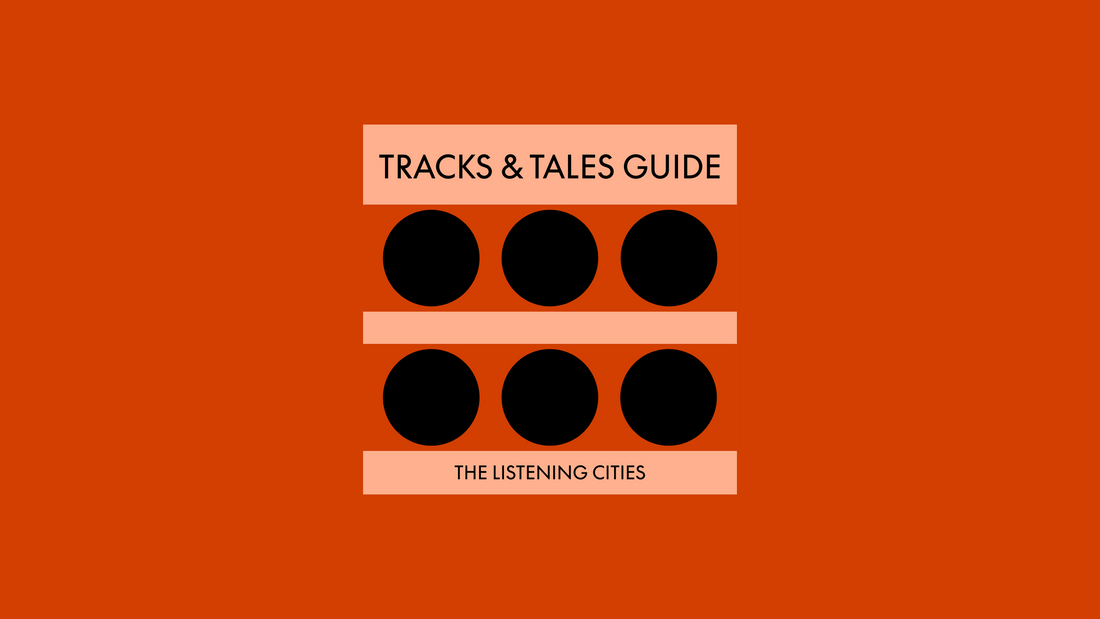
São Paulo: Listening Bars — Rhythm, Density, and Brazilian Soul
By Rafi Mercer
São Paulo is a city that never softens. Twenty million people press against each other in a sprawl of concrete, highways, and endless neighbourhoods. The soundscape is relentless: car horns, street vendors, music pumping from lanchonetes, baile funk rattling apartment blocks deep into the night. Yet hidden within this density are spaces of clarity — listening bars that distil the city’s energy into intimacy, where fidelity tempers chaos and music is heard as ritual.
The lineage is distinctly Brazilian. São Paulo has always been a record city. The explosion of bossa nova, samba, and tropicalia in the 1960s made vinyl central to national identity. Record shops like Disco 7 and Lojas do Disco served DJs, collectors, and musicians who exported Brazilian grooves worldwide. This vinyl tradition, paired with São Paulo’s constant appetite for nightlife, made the listening bar a natural arrival.
Among the pioneers is Caracol, an audiophile bar in Pinheiros where design, cocktails, and a serious sound system converge. Its curation moves easily from Brazilian MPB to Japanese ambient to Detroit techno, reflecting the city’s cosmopolitan ear. Mandíbula, tucked inside the Copan building — Niemeyer’s iconic modernist curve — extends the tradition: part record store, part bar, part social salon. Drexler in Vila Madalena and Bar Obelisco in Ibirapuera add their own variations, blending fidelity with São Paulo’s exuberant social rhythm.
What defines São Paulo’s listening bars is their fusion of density and soul. Rooms are often small, filled quickly, alive with conversation, yet the sound holds its own. The systems are tuned with precision — horns, subwoofers, tube amps glowing — but the energy is never hushed. Instead, music and social life intertwine, as they always have in Brazil.
Curation is global, but Brazilian records remain central. A night might weave Caetano Veloso with Sun Ra, Gilberto Gil with Fela Kuti, Jorge Ben with Moodymann. The effect is not eclecticism for its own sake, but a conversation: Brazil in dialogue with the world, São Paulo as cultural crossroads.
Design reflects the city’s modernist heritage. Concrete, steel, wood, and plants combine in rooms that feel both industrial and lush. Lighting is low, furniture minimal, record sleeves displayed with quiet pride. The aesthetic is not opulence but atmosphere — a backdrop for sound.
Globally, São Paulo matters because it brings Latin warmth into the listening bar map. Tokyo gave us fidelity, London cosmopolitanism, Berlin experimentation, New York history — São Paulo adds rhythm. Its listening bars remind us that intimacy need not mean austerity, that fidelity can coexist with exuberance.
Sit in Caracol late at night, caipirinha in hand, as a Jorge Ben groove spins into a Theo Parrish cut, and you understand São Paulo’s version of the ritual. Listening here is not retreat. It is celebration, tuned into focus.
Rafi Mercer writes about the spaces where music matters. For more stories from Tracks & Tales, subscribe here, or click here to read more.














